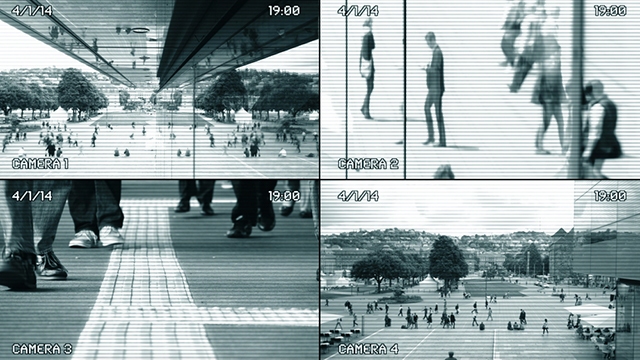The tracking ability of an algorithm developed by a team of engineers at the Australian National University (ANU) has been awarded at a leading conference on computer vision in Europe.
The algorithm developed by the ANU team won first place, as well as winning tracker award, at the recent Visual Object Tracking – Thermal Infrared Challenge (VOT-2016) hosted at the European Conference on Computer Vision, one of the top international conferences on computer vision research.
As researchers in the field of computer vision, Professor Fatih Porikli, Associate Professor Hongdong Li and PhD student Gao Zhu create intelligent systems that can see and understand a scene as well as humans can—or better, in the case of autonomous driving, medical imaging, defence and aerospace projects, environmental monitoring, manufacturing and surveillance.
The VOT Challenge provides the visual tracking community with a precisely defined and repeatable way of comparing short-term trackers as well as a common platform for discussing the evaluation and advancements made in the field of visual tracking.
As part of the challenge, the team were required to apply their algorithm to track various objects in a night-time military surveillance scenario.
Their algorithm was able to process many visual frames at once, very quickly, without assuming a pattern of motion. This set their algorithm apart from the 70 other entries.
“Our algorithm searches all images and frames, but not everywhere in the image; only where a human eye would be drawn” said Professor Porikli.
“Last year, we entered the challenge and ranked very highly. To win this year is a great encouragement for PhD students and researchers” said Associate Professor Li.
“This is well deserved recognition of hard work, in particular out PhD students. We are very proud – we were competing with 70 other teams, some of which had 50 people. We had a team of three!” Professor Porikli added.
The goal of the challenges is to build up a repository of considerable benchmarks and to organise workshops or similar events in order to push forward research in visual tracking.

